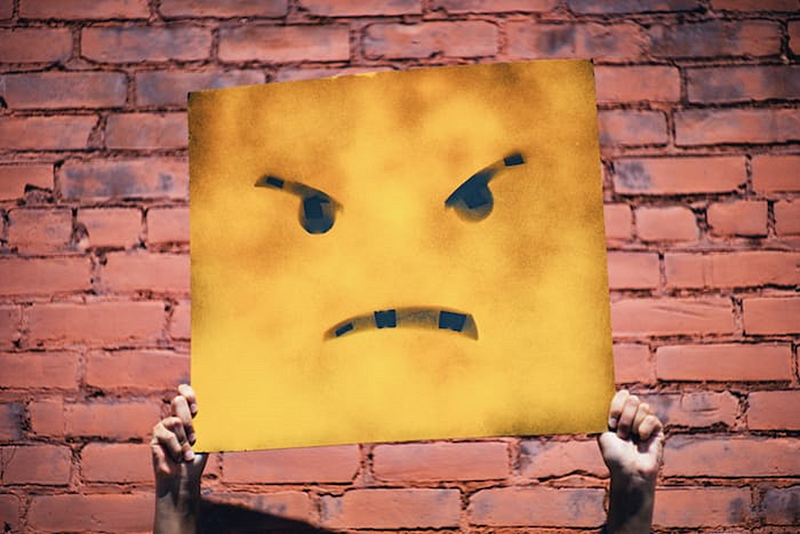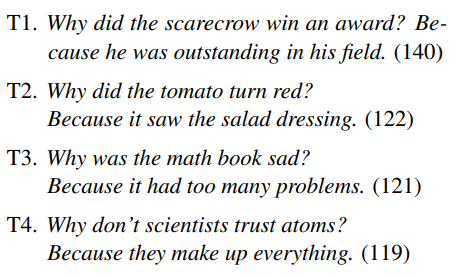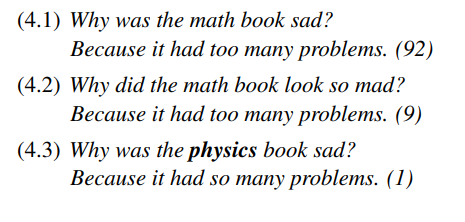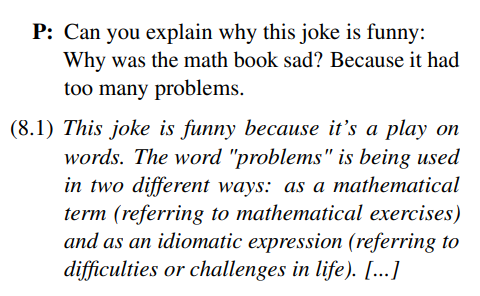Exploring Humor in AI: Can ChatGPT Make Us Laugh?
Written on
The Role of Humor in Human Interaction
Humor is vital to human social and emotional connections. But what precisely constitutes humor, and can it be replicated by AI models? ChatGPT has garnered significant attention for its conversational abilities, but is it genuinely capable of eliciting laughter? This prompts an examination of its understanding of humor and its ability to craft jokes.

A Challenging Frontier for AI
The study of humor within human-computer interactions has been a focal point for researchers. However, defining humor remains a complex task. Historically, artificial intelligence has struggled to produce genuinely funny content. Recently, though, ChatGPT has surprised users with its capabilities, leading us to question: Can it actually be funny?

The Impact of NLP Advancements
Natural Language Processing (NLP) has evolved significantly, particularly with the advent of transformer models, which excel at understanding word relationships and context. Humor often relies on nuanced details, raising the question of whether AI can grasp these subtleties.

Investigating Humor in AI Models
Current research predominantly focuses on detecting humor rather than creating it. To evaluate a model's comedic capability, researchers have categorized outputs into original, generated, and modified formats. They also examined the humor from a human perspective through various experiments involving joke generation, explanation, and detection.
The Generative Process of Humor
In the joke generation phase, researchers prompted the model repeatedly to produce jokes and analyzed the output for originality. In the explanation phase, they assessed the model's ability to articulate why certain jokes were funny. Finally, in joke detection, they evaluated structural elements, themes, and wordplay, modifying these components to see how humor was affected.

The Repetitive Nature of AI Jokes
The findings revealed patterns in the generated jokes, often adhering to a specific structure. Many jokes relied on puns and wordplay, frequently recycling similar scenarios. Researchers noted that a significant number of outputs could be condensed into a mere 25 jokes, with variations.

Understanding the Limitations
While the AI produced grammatically correct jokes, many were repetitive and lacked originality, leading to the conclusion that ChatGPT does not create new jokes but rather rehashes existing ones. Although it occasionally blends elements to form new jokes, the results can often be nonsensical.

Explaining the Joke
In instances where the model could explain its top jokes, it successfully identified the humorous elements. However, there were moments when it struggled to articulate why a particular joke was funny, leading to convoluted explanations.

Concluding Thoughts
This research sheds light on the humorous capabilities of ChatGPT. While it can generate and explain puns effectively, its understanding of humor is still limited. The study underlines the complexity of humor as an implicit element, requiring a sophisticated grasp of context and nuance.
In summary, while ChatGPT showcases interesting capabilities in humor adaptation, its output primarily consists of repetitive patterns rather than original content. Future research will aim to test other models and conditions, promising an exciting exploration of AI's evolving relationship with humor.